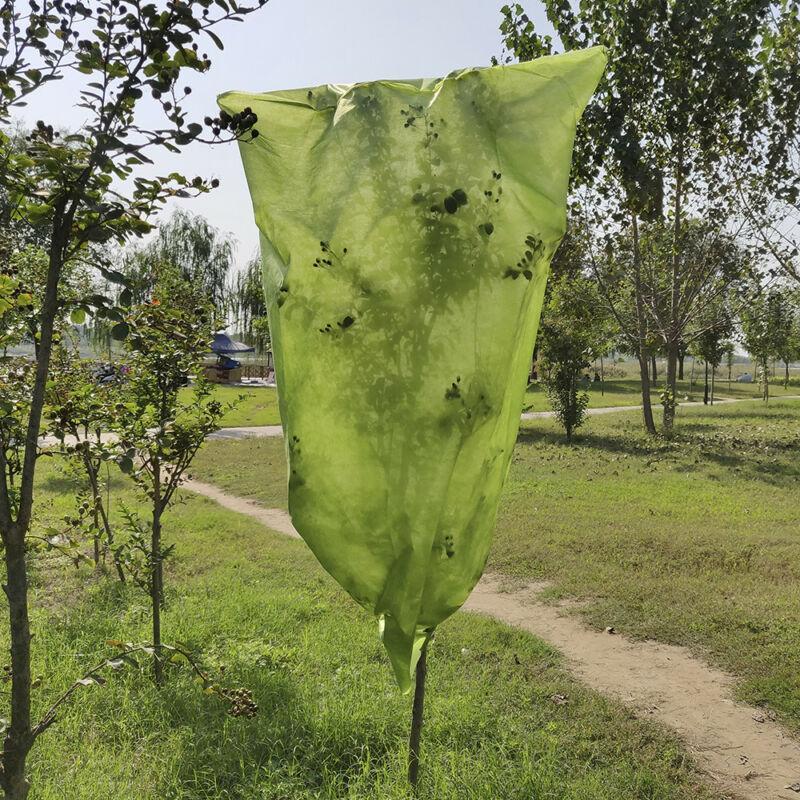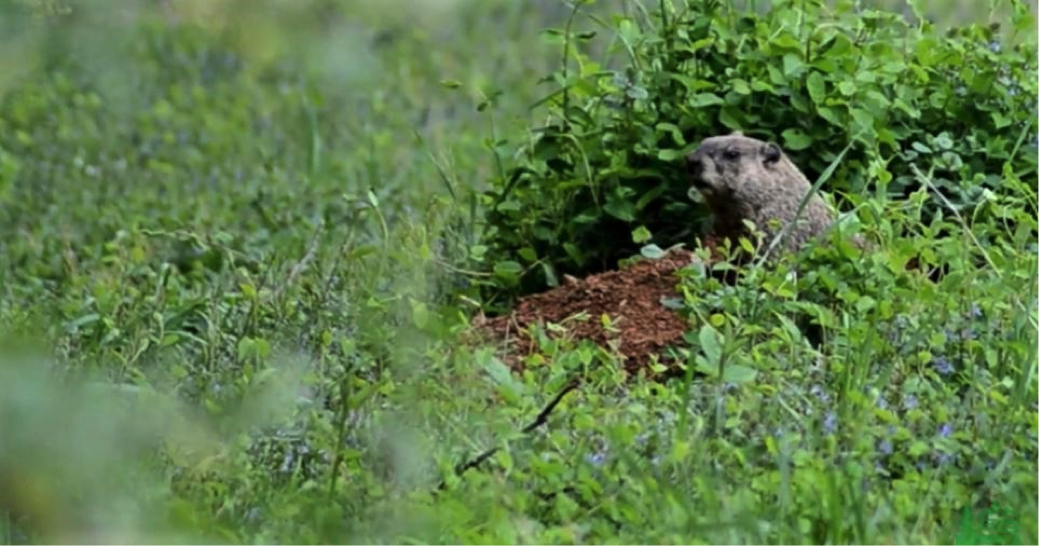Protecting Your Trees Through the Winter

The cold months of winter can be tough on all outdoor plants, trees included!

If you have an orchard or trees in a paddock or surrounding any open areas of your property, it is worth taking some steps to protect them this winter! The following tips mainly apply if you have any young saplings, although some thin-barked species like birch and slim-trunked varieties (fruit trees are a good example) can need some attention too. Most well-established, mature, thick-set trees are perfectly capable of looking after themselves in all weathers, unless they are particularly old or any especially vicious storms hit.
Sun Scald
One of the most common risks to trees in winter is a type of bark damage called sun scald. When deciduous trees lose their leaves and go dormant, the bark doesn’t get the same kind of nourishment it gets during the warmer months and cannot renew as effectively. Sun scald happens when bark warms up in direct sunlight, softens and then freezes when temperatures drop. It usually affects the bark facing most of the winter sun, so the side facing southwest. The best protection is to paint this side of the trunk in watered down white emulsion.
Protect From Frost
For young saplings that aren’t yet fully established, frozen earth can cause a lot of damage to their developing roots, stunting their growth. You can help keep the soil around new trees above zero by mulching, applying either well-rotted compost, straw or wood chips to the ground. Remember to leave a gap close to the trunk so rainwater can still get down into the root system.

Ward off Animals
Another major risk over winter, again especially for younger trees but also for fruit trees, is that hungry animals will start to nibble at the bark as they get more and more desperate for food. Rabbits, rats, even deer will quite happily gnaw away at trees to try to seek out a meagre meal, and the damage they can do can be considerable.
There are two main ways to protect trees from the attentions of hungry animals. Tree shelters are protective sheaths that go around slender young trunks and therefore stop any creature getting to the bark. The other option, especially if you want to protect a whole copse of trees in one go, is to erect rabbit guard fencing all around. This is usually good enough to keep larger animals at bay too, including deer and even horses if you have trees planted in their paddock.

Look After Your Conifers
Evergreens can suffer in the winter, too, although as they don’t lose their leaves they don’t face the same risks from sun scald or even from animals gnawing away at their exposed trunks. The biggest threat to conifers over the winter is damage caused by high winds. This is often called wind burn, because the worst effect is that it dries out the leaves on exposed sides of the tree, leading to them turning brown and dying. Putting up wind breaks in the direction the prevailing weather comes from, can help.
Suregreen supplies a wide range of landscape and gardening products for both trade and DIY customers.







Leave a Comment